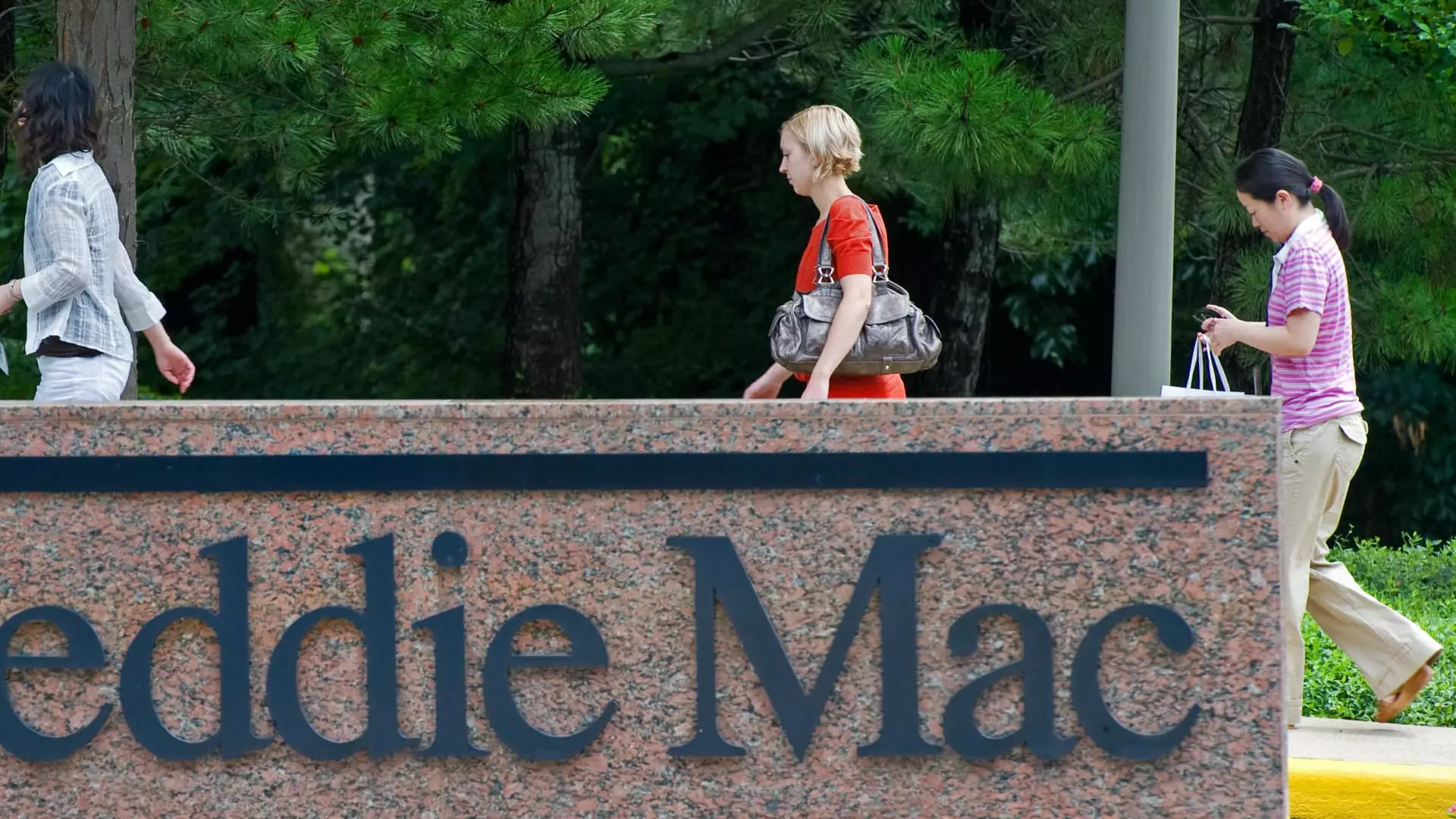As two federally controlled entities that have played a pivotal role in the American housing market, Fannie Mae and Freddie Mac are once again at the forefront of discussions regarding their potential release from conservatorship. These government-sponsored enterprises (GSEs), which have been under federal control since 2008 after nearly collapsing during the financial crisis, represent a critical aspect of U.S. mortgage finance. Amidst changing political landscapes and economic realities, this article aims to analyze the implications of their possible transition back into private hands.
To fully grasp the significance of Fannie Mae and Freddie Mac’s role today, it is essential to consider their history. Established by Congress in the mid-20th century, these GSEs were designed to broaden access to homeownership and stabilize the mortgage market. They buy existing loans from lenders, facilitating liquidity in the mortgage market by transforming these home loans into mortgage-backed securities for investors. In essence, they help maintain the flow of credit for home loans, particularly the beloved 30-year fixed mortgage.
However, the housing crisis of 2008 revealed the vulnerabilities within this system. The complex, high-risk lending practices leading up to the crisis largely emerged from the private sector, yet Fannie and Freddie bore the brunt of the fallout. As the housing market crashed and devastating losses ensued, the government stepped in to stabilize these entities, ultimately leading to their long-standing conservatorship.
Current Administration and the Path Forward
Under the Biden administration, the discussion around the future of these mortgage giants has reignited, particularly as some economic analysts speculate that the ongoing conservatorship may end soon. While Trump did not prioritize this issue during his first term, recent comments by key officials suggest that the subject may be back on the table. Scott Turner, the new HUD Secretary, indicated a desire to prioritize the release of Fannie and Freddie, summoning interest from stakeholders eager for change.
One of the critical questions surrounding this transition is not only whether it will occur but how it will be executed. The logistical, legal, and economic hurdles are significant. Experts such as Mark Zandi of Moody’s Analytics highlight that there are many factors at play, including potential market reactions and the long-term implications for borrowers and investors.
As conversations progress regarding the potential for the GSEs to operate independently, the concern arises about the extent of ongoing government support. Andy Winkler at the Bipartisan Policy Center emphasizes that future mortgage rates and financial risks are directly linked to how much oversight and backing the federal government continues to provide post-release. Higher risks could lead to increased borrowing costs, a much-dreaded scenario for potential homebuyers.
Susan Wachter, a professor at the Wharton School of Business, warns that if the transition is mishandled, it may lead to a significant spike in mortgage rates—turning affordability into a pressing issue for many. This complexity reiterates the crucial understanding that merely eliminating conservatorship may instigate detrimental consequences across the board.
The implications of privatizing Fannie Mae and Freddie Mac extend beyond mere numbers. While shareholders might reap immediate rewards from a successful transition—potentially generating $300 billion in profits, as suggested by investor Bill Ackman—many experts argue that the broader economic ramifications could place taxpayers and borrowers at risk.
Zandi notes that a release from conservatorship may result in adverse outcomes for nearly everyone involved, with taxpayers facing new burdens while borrowers contend with higher rates—creating an untenable equilibrium. Many wonder if the initial intention behind the GSEs—promoting accessible homeownership—will be overshadowed by profit motives.
As discussions regarding the fate of Fannie Mae and Freddie Mac continue, various stakeholders remain watchful. The combination of potential increased risks, borrowing costs and market turbulence paints a concerning picture for many relying on stable mortgage finance. Ultimately, the resolution surrounding their future will require careful consideration of their long-term roles in the housing landscape alongside a clear understanding of the consequences associated with transferring risk back into the private sector.
The next steps are crucial; if mishandled, they could unravel years of progress made towards stabilizing the American housing market. Thus, the dialogue surrounding Fannie Mae and Freddie Mac is not solely political but resonates deeper, influencing the economic destinies of countless individuals and communities.

